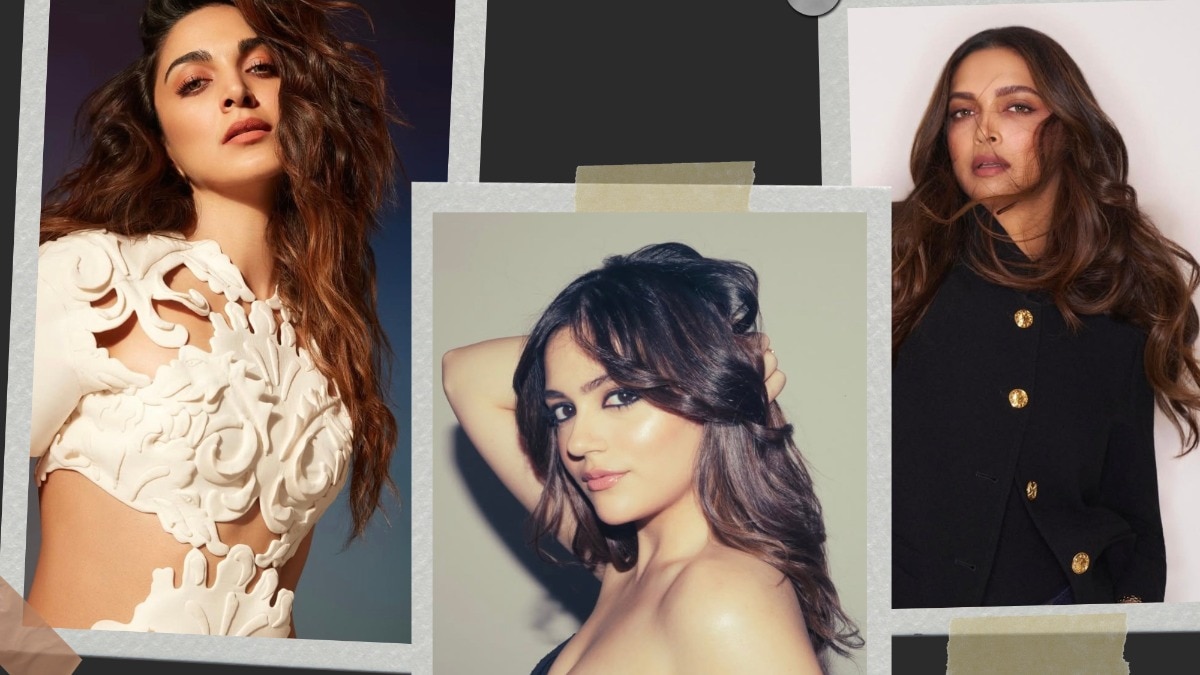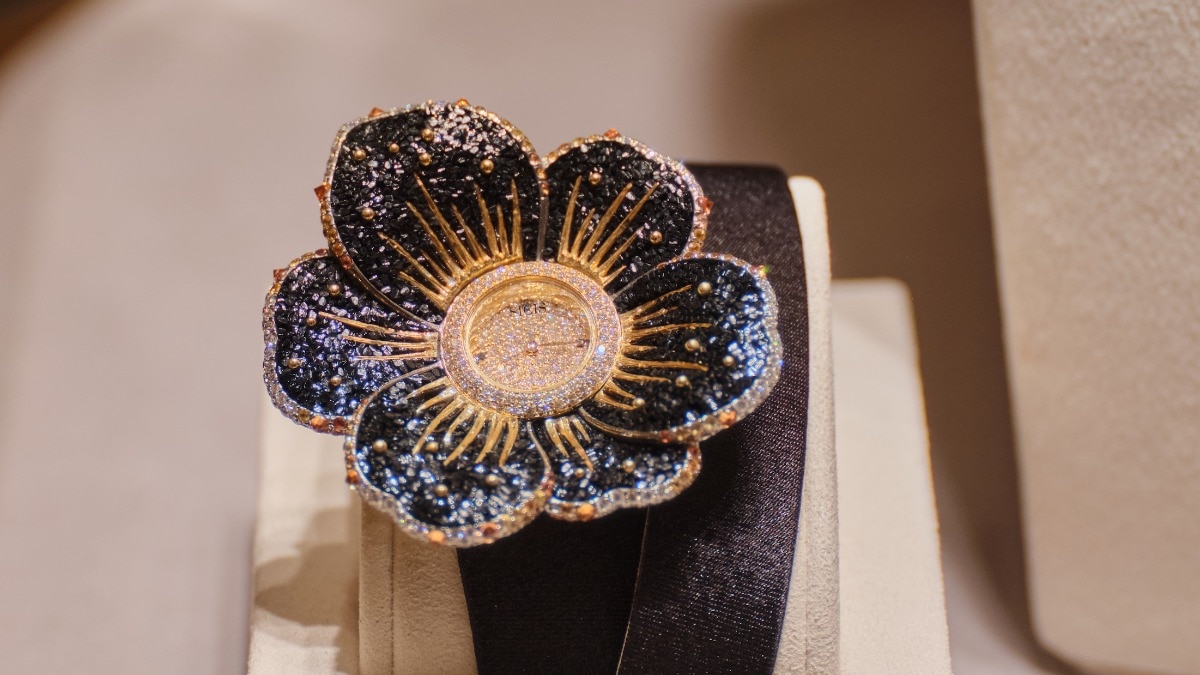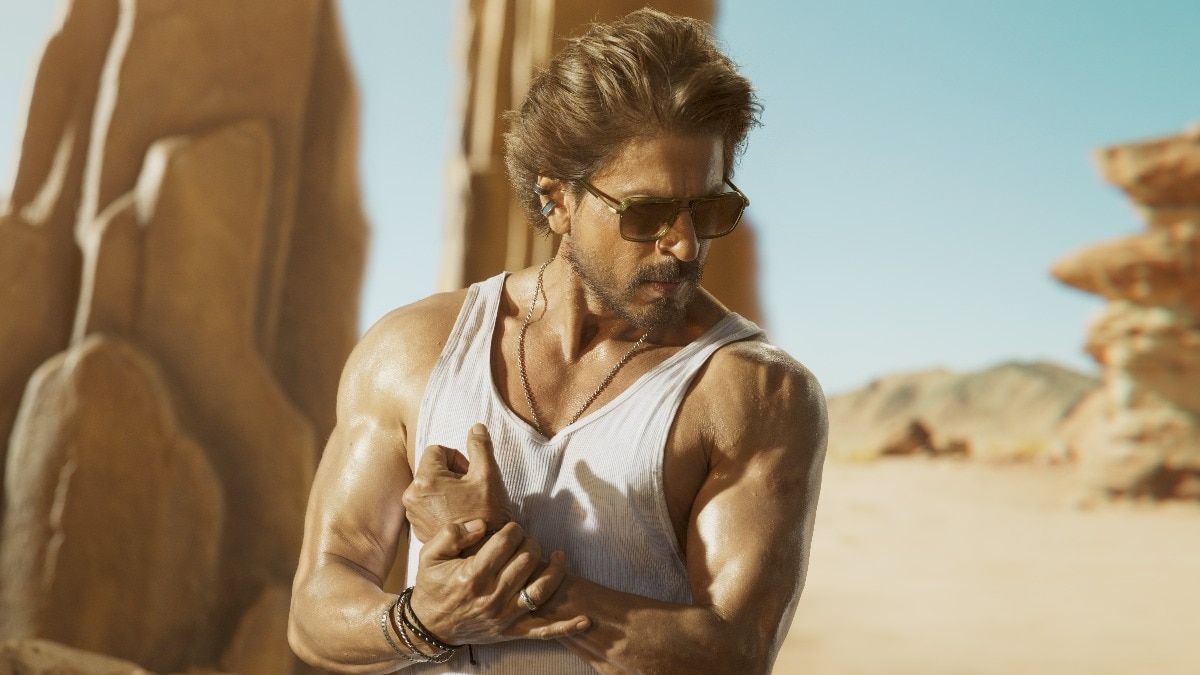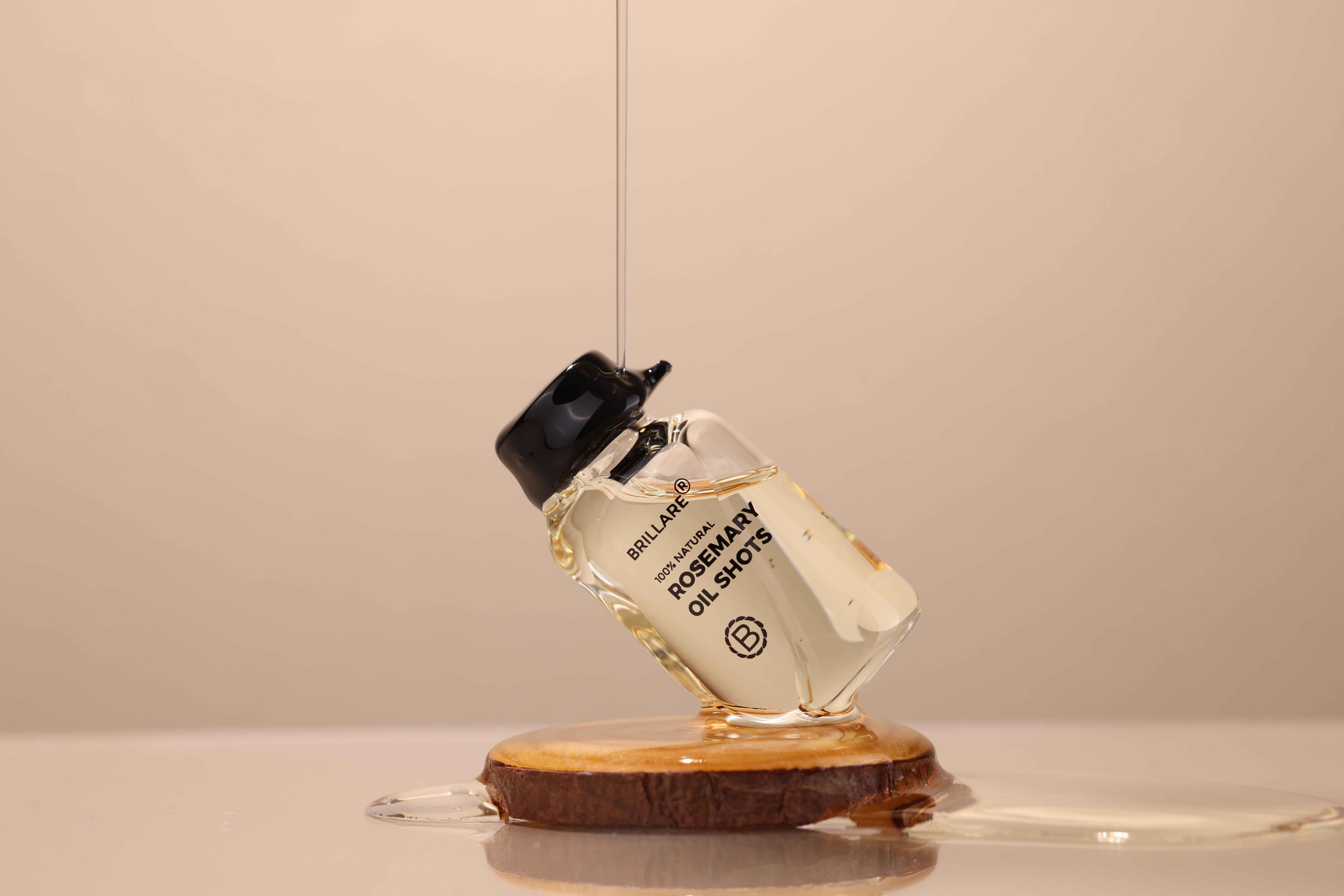
- Home
- Beauty
Has hair oiling become cool again? Gen Z is saying yes
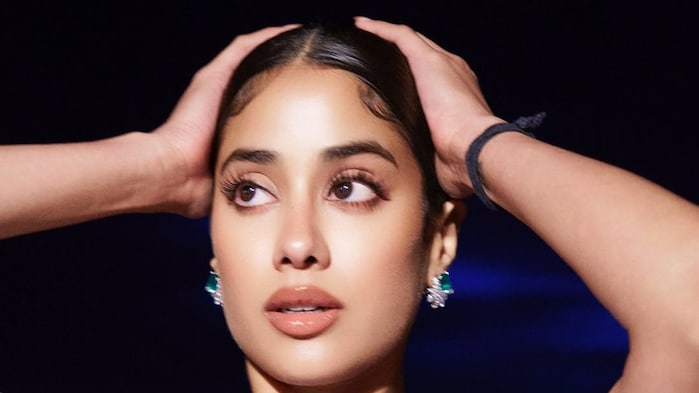
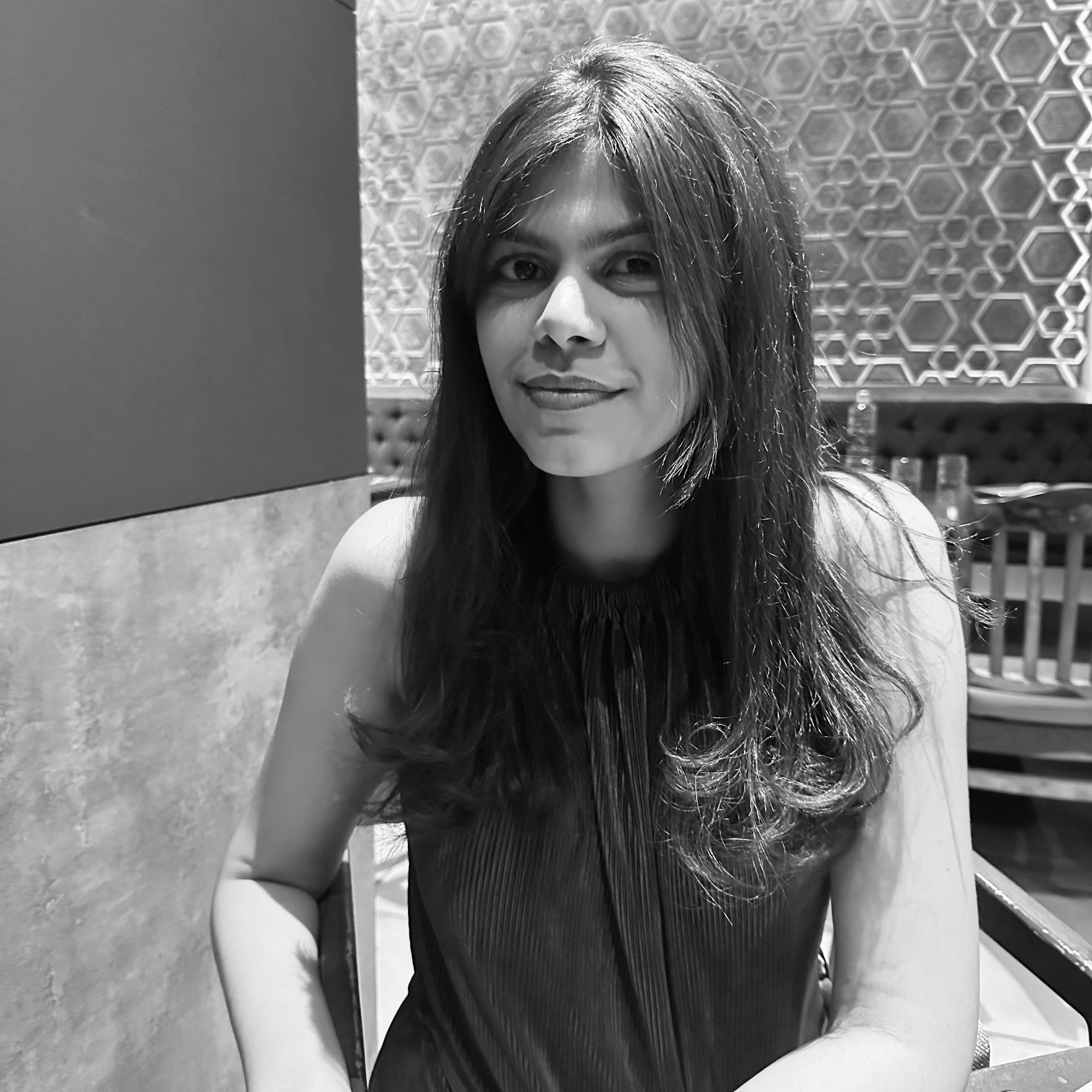
Most little girls ran away from their mothers when it was time for a champi. Rooted in South Asian tradition, hair oiling has been an integral part of Indian cultural practices. Full of benefits, hair oiling has been part of generations of daily routines. When the teen years hit and the inner rebel struck, hair oiling was left behind because of how it came to be seen as too greasy or too desi. In Kabhi Khushi Kabhie Gham, a young Poo is mocked for her appearance, where her taunter calls her hair "so oily". It's a pop culture moment that stayed with many, which contributed to the practice falling off the wagon in favour of Western-led products like serums and conditioners. Now, hair oiling is cool again. "For years, it was something your mom would force you to do that you couldn’t wait to wash out. Now? People are posting their slicked-back oiled hair on TikTok", says influencer and founder of Inde Wild, Diipa Khosla, whose Champi hair oil has rebraned the Indian practice. Khosla credits Gen Z's ability to remix tradition in a fresh manner for its rise in popularity. "What was once seen as “too traditional” or “too greasy” is now stylish, functional, and most of all—intentional. It’s self-care with roots. It’s not just “my mom told me to do this” anymore; it’s “this makes me feel good".
The return of hair oiling
The truth about hair oiling is, it never really left as a staple but it just wasn't considered a popular trend. The growing appeal of wellness and self-care definitely played a role, believes Khosla. "Hair oiling, or champi as we call it, is one of those rituals that offers not just physical benefits, but emotional ones too. It’s grounding. It’s nostalgic. And most importantly, it works. I think people are craving slower, more intentional self-care, and oiling fits beautifully into that."
"Hair oiling is also a form of preventive care," says Jigar Patel, founder of Brillare; a homegrown, cruelty-free skin and haircare brand. "With today’s growing focus on wellness and preventative care, hair oiling naturally fits into a lifestyle that values mindful, intentional self-care."
Gen Z's love for hair oil
"Gen Z loves all things real and authentic, and hair oiling is exactly that. It’s not a quick fix; it’s a ritual that connects them to their roots and their family traditions while delivering real results. This generation is also focused on wellness, conscious consumption, and rituals that feel good mentally as well as physically, so hair oiling fits perfectly," says Patel.
South Asian beauty and the virality of hair oiling
Long before Hailey Bieber made the slicked hairstyle famous, hair oiling was already a century-old South Asian ritual. So it was up to South Asian beauty founders to take it to the world. Patel adds, "Hair oiling today isn’t about messy, greasy hair. It’s about modern, easy-to-use formats like droppers and single-use oil shots. This turned the age-old tradition into something fresh and aspirational."

Hair oiling, which was once simply a daily ritual, is now something that is both visible and viral. "Suddenly, oiling wasn’t just a private ritual; it was a statement. Gen Z isn’t just rediscovering these rituals…they’re rewriting the narrative around them. And they’re using platforms like TikTok and Instagram to normalise and glamorise what used to be behind closed doors. This generation has shown us that heritage and modernity don’t have to be opposites. Hair oiling is no longer just what your nani made you do; it’s a beauty power move. They’re showing up, roots oiled, camera on, and saying, “this is mine.” That ownership? That pride? That’s what makes it cool," concludes Khosla.
Edited by Dayle Pereira-Alemao
